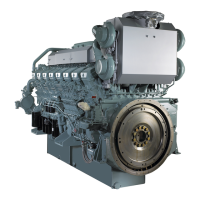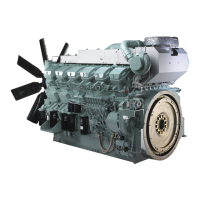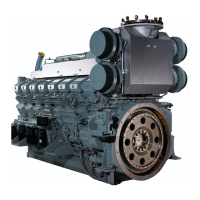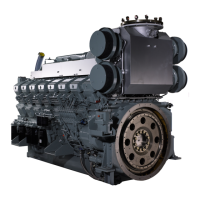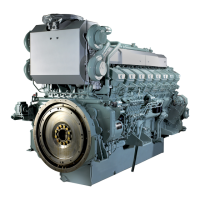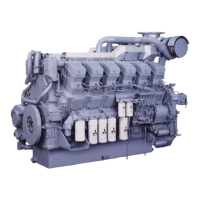What to do if Mitsubishi Engine starter cranks but the engine does not start?
- RRegina AllenAug 1, 2025
If your Mitsubishi Engine's starter cranks but the engine fails to start, consider these potential causes. First, check the fuel system: ensure you haven't run out of fuel, and inspect for any blocked pipes, improper fuel properties, fuel leakage in pipes, or a clogged fuel filter. Also, an insufficient amount of air might be the problem; check the turbocharger and clean or replace the air cleaner element and pre-cleaner. Addressing these areas should help diagnose why your engine isn't starting.
